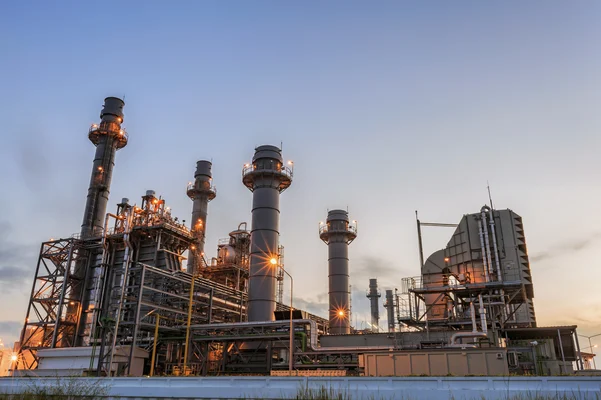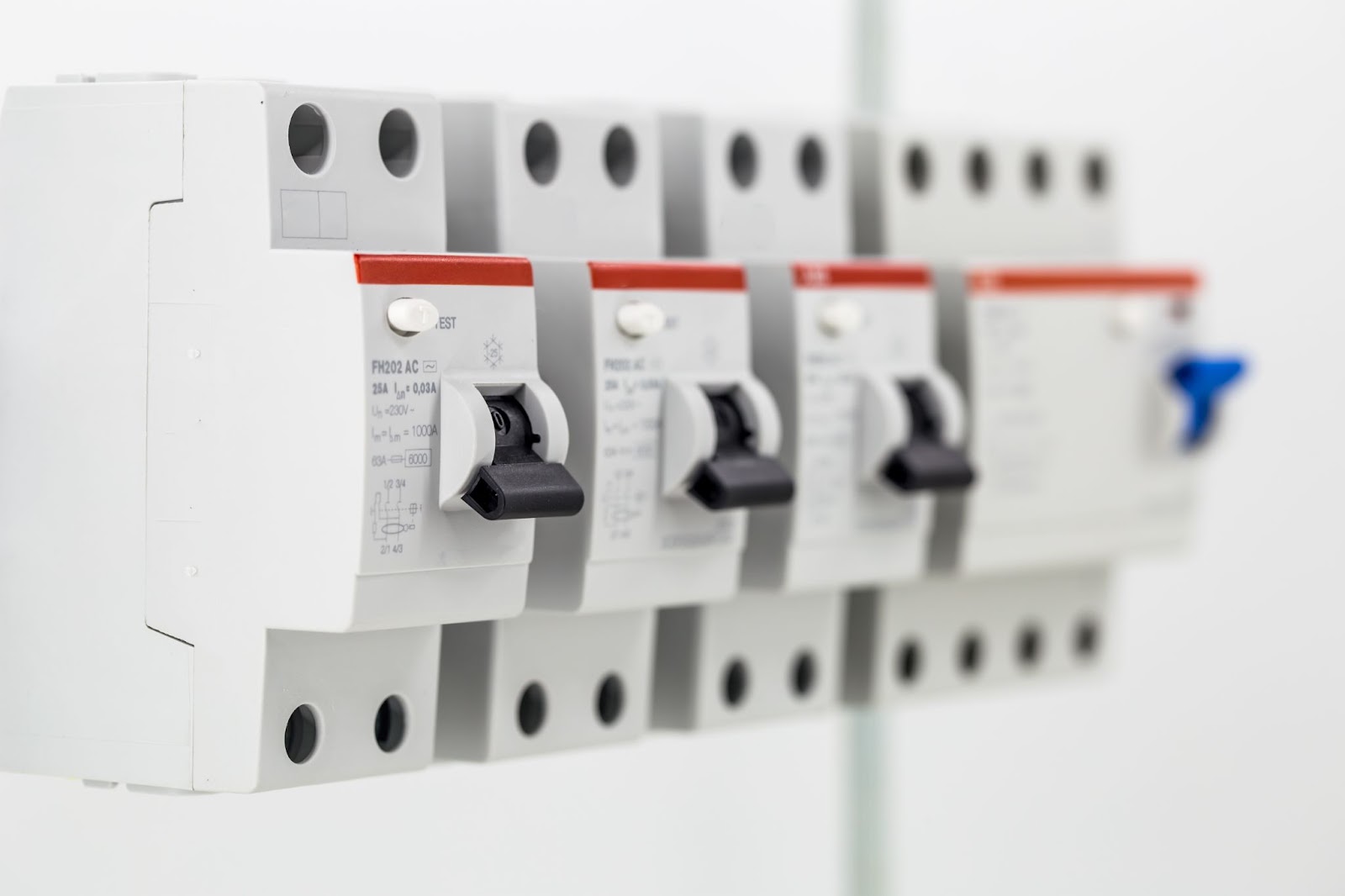Venturing into the realm of power stations, one often wonders, “how many power stations are there in the UK?” We’re delving into the labyrinth of the UK’s energy infrastructure, illuminating the power stations that form its backbone.
Traditional Power Stations
These stations, often referred to as ‘conventional’, primarily harness fossil fuels to generate electricity. They include coal, gas, and oil power stations.
Coal Power Stations
Once the workhorse of the UK’s power generation, coal stations are now dwindling, falling prey to environmental regulations and economic pressures.
Gas Power Stations
Gas-fired power stations, largely fueled by natural gas, hold a significant position in the UK’s energy mix, lauded for their efficiency and relatively lower emissions.
Oil Power Stations
While not as prevalent as their coal and gas counterparts, oil power stations still contribute to the UK’s energy supply, albeit to a lesser extent.
Renewable Power Stations
Steering towards a greener future, the UK has significantly ramped up its renewable energy infrastructure, encompassing wind, solar, and hydro power stations.
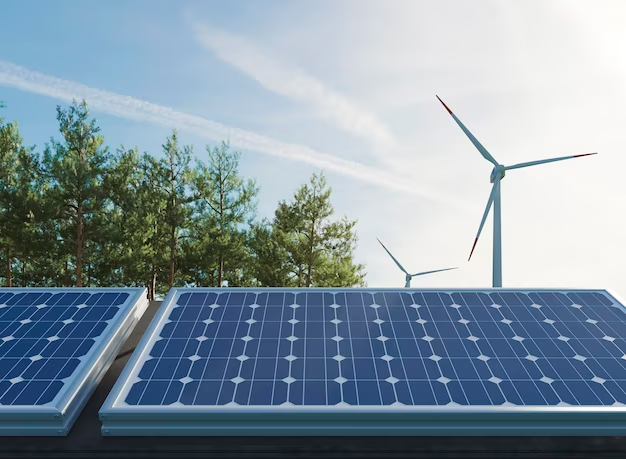
Wind Power Stations
Harnessing the power of the wind, these stations are a major renewable energy source in the UK, with both onshore and offshore wind farms dotting the country.
Solar Power Stations
Sunny days in the UK might be a rarity, but solar power stations are a growing feature of the nation’s energy portfolio, capitalizing on advancements in solar technology.
Hydro Power Stations
Riding the wave of renewable energy, hydro power stations utilize water flow to generate electricity, boasting both large-scale and small-scale setups across the UK.
Nuclear Power Stations
Although controversial, nuclear power stations form a significant part of the UK’s energy mix, known for their impressive output and low carbon emissions.
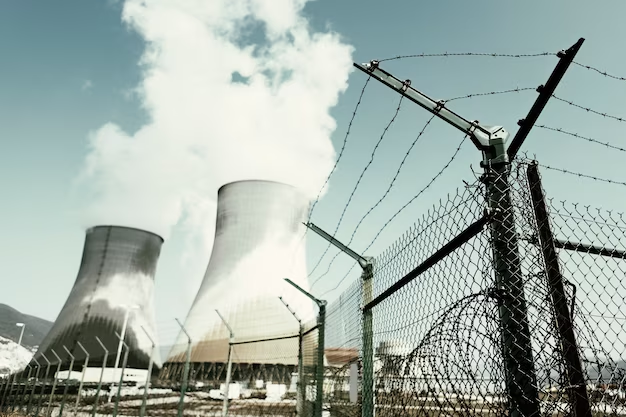
An Overview of Power Station Distribution
Now, to address the burning question: just how many power stations does the UK have? Unsurprisingly, the answer isn’t straightforward.
A combination of geographical, political, and economic factors contribute to the distribution of the UK’s power stations. Coal stations, for instance, were historically located near coal mines, while wind farms are prevalent in areas with consistent wind patterns.
Without further ado, let’s plunge into the numbers.
Traditional Power Stations: The Numbers
As of our latest count, the UK is home to 4 coal, 38 gas, and 3 oil power stations.
Renewable Power Stations: The Numbers
The renewable sector is more fragmented, with approximately 2,000 wind farms (including both onshore and offshore), over 1,000 solar farms, and around 200 hydroelectric power stations.
Nuclear Power Stations: The Numbers
The UK hosts 7 operational nuclear power stations, with several more either decommissioned or in the planning stages.
Power Station Transformation: From Coal to Renewable
The UK’s energy landscape has witnessed a remarkable transformation over the past few decades. At the forefront of this shift has been the move away from coal, once the backbone of the UK’s electricity generation, towards more sustainable energy sources.
The Decline of Coal Power Stations
In their heyday, coal power stations were the lynchpin of the UK’s power supply. However, a potent mix of environmental concerns, regulatory pressures, and the advent of more efficient energy technologies has accelerated their demise. The UK government has pledged to phase out unabated coal power by 2024, further sealing the fate of these once-indomitable power stations.
The Rise of Renewable Power Stations
As the sun sets on coal, renewable power stations are experiencing unprecedented growth. The push towards sustainability, coupled with significant strides in renewable technology, has propelled the rise of wind, solar, and hydro power stations. Notably, the UK is home to the world’s largest offshore wind farm, the London Array, epitomizing the nation’s drive towards a greener energy future.
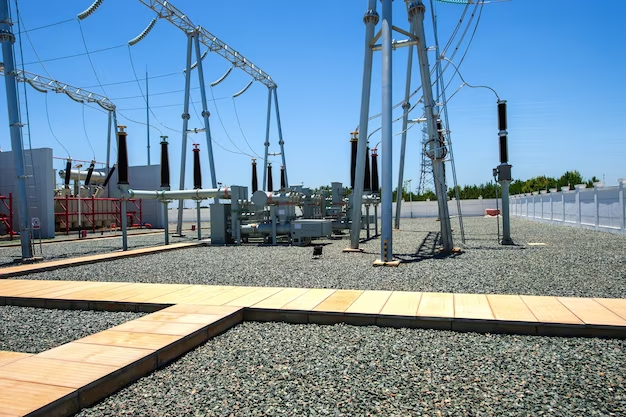
The Role of Natural Gas and Nuclear Power Stations
Caught between the phasing out of traditional power stations and the rise of renewables are natural gas and nuclear power stations. These energy sources occupy a unique space within the UK’s power station framework.
Natural Gas Power Stations: A Transitional Solution
Natural gas power stations have emerged as a popular transitional solution in the shift towards a low-carbon energy future. While they still emit greenhouse gases, these emissions are significantly lower than those of coal power stations. Moreover, natural gas power stations offer greater operational flexibility, able to quickly ramp up or down production to balance the grid – a crucial aspect considering the intermittent nature of many renewable energy sources.
Nuclear Power Stations: A Controversial Yet Key Player
Nuclear power stations, though contentious, remain a key component of the UK’s energy mix. They offer significant power generation capabilities with low greenhouse gas emissions, providing a reliable power source that isn’t subject to fluctuations in weather conditions. However, concerns over nuclear waste, safety, and high construction costs continue to stir debate about the role of nuclear energy in the UK’s power future.
Power Stations and the Climate Change Challenge
Climate change presents a significant challenge to the global community, and the UK is no exception. The nation’s power stations are front and center in this fight, with the transition towards a low-carbon energy system playing a pivotal role in combating climate change.
The Carbon Footprint of Power Stations
Traditional power stations, particularly coal and oil, are major contributors to the UK’s greenhouse gas emissions. This has instigated a shift towards low-carbon alternatives, with renewable and nuclear power stations offering more climate-friendly solutions.
The Role of Carbon Capture and Storage
To further reduce the carbon footprint of power stations, the UK is exploring Carbon Capture and Storage (CCS) technologies. These involve capturing CO2 emissions from power stations and storing them underground to prevent their release into the atmosphere. Though still in its nascent stages, CCS offers promising potential to mitigate the environmental impact of the UK’s power stations.
The Economic Landscape of UK Power Stations
The economic considerations surrounding power stations in the UK are manifold, encapsulating factors such as operational costs, investment dynamics, and market competition.
Operational Costs and Economic Viability
Different types of power stations come with differing operational costs. For instance, while coal power stations face high costs due to carbon pricing, renewable energy technologies, particularly wind and solar, have seen dramatic decreases in their costs. As a result, renewable energy is becoming increasingly competitive, often proving more economical than traditional power sources.
Investment in Power Infrastructure
Investment trends in the UK’s power infrastructure have shifted significantly over recent years. Private and public investments have flowed into renewable energy technologies, underpinning their rapid growth. Meanwhile, investment in coal has waned, while gas and nuclear power stations have witnessed mixed trends.
The Market Landscape
The UK power market is characterized by a complex interplay between different power sources, grid demands, and policy frameworks. Ensuring an efficient, reliable, and economical supply of electricity poses an ongoing challenge, requiring a balanced portfolio of power stations.
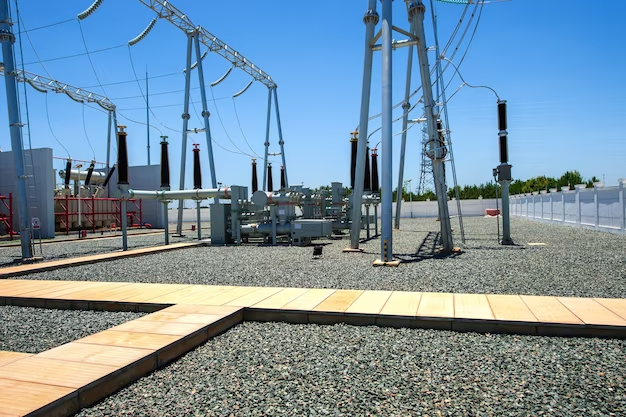
The Future of Power Stations in the UK
As we gaze into the crystal ball of the UK’s energy future, it’s clear that power stations will continue to play a pivotal role. Yet, the nature of these power stations is bound to evolve, shaped by technological advancements, policy decisions, and societal trends.
The Continued Rise of Renewable Power Stations
Renewable power stations are set for a bright future in the UK, spurred on by continued advancements in wind, solar, and hydro technologies. The decarbonization drive, along with favorable economics, will likely lead to an increased prevalence of renewable power stations.
The Potential of Emerging Technologies
Emerging technologies, such as hydrogen and tidal power, offer exciting prospects for future power stations. These technologies could help diversify the UK’s energy mix and further drive the transition towards a low-carbon future.
The Policy Outlook
Future policy decisions will heavily influence the trajectory of power stations in the UK. Key considerations include the ongoing review of the UK’s nuclear strategy, the role of carbon pricing, and support schemes for renewable energy.
Power Stations and UK’s Energy Security
As the UK grapples with the challenges of transitioning to a low-carbon future, ensuring energy security remains paramount. Power stations are central to this issue, providing the necessary energy to keep the nation running.
The Role of Gas and Nuclear Power Stations
Given their ability to provide consistent power, gas and nuclear power stations play a crucial role in maintaining the UK’s energy security. Their capacity to generate large amounts of electricity irrespective of weather conditions makes them vital components of the UK’s energy system.
The Challenge of Renewable Energy Intermitency
While renewable energy sources are integral to the UK’s decarbonization efforts, their intermittent nature poses challenges to energy security. Solutions such as energy storage and grid management techniques are being developed to counter this issue, with power stations likely to play an increasingly versatile role.
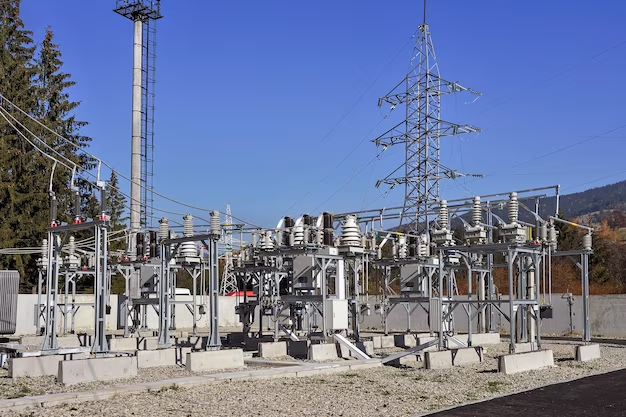
Power Stations and the Community
The presence of power stations in the UK has significant implications for local communities, influencing aspects such as employment, local economies, and environmental health.
Employment and Economic Contributions
Power stations contribute to local economies by providing jobs and stimulating economic activity. From construction and operational roles to secondary jobs created in the supply chain, power stations have a considerable economic footprint.
Environmental Health Implications
However, power stations, particularly traditional ones, can also pose challenges to environmental health. Emissions from power stations can contribute to air pollution, posing risks to human health. The shift towards cleaner power sources aims to alleviate these concerns.
Conclusion
Navigating the intricacies of the UK’s power stations, we’ve journeyed from traditional to renewable energy sources and touched upon the nation’s nuclear capabilities. As we move forward, the energy landscape continues to evolve, shaped by advances in technology, shifts in policy, and the ever-present drive towards a more sustainable future.
FAQs
There are approximately 3,252 power stations in the UK, including traditional, renewable, and nuclear power stations.
As of now, gas-fired power stations provide the largest share of the UK’s power generation.
Yes, plans are underway to expand the UK’s renewable and nuclear power infrastructure.
The impact varies with the type of power station, with traditional stations being major carbon emitters, while renewable and nuclear stations offer low-carbon alternatives.
Coal power stations are declining due to environmental concerns and the cost-effectiveness of renewable and gas-fired power generation.


